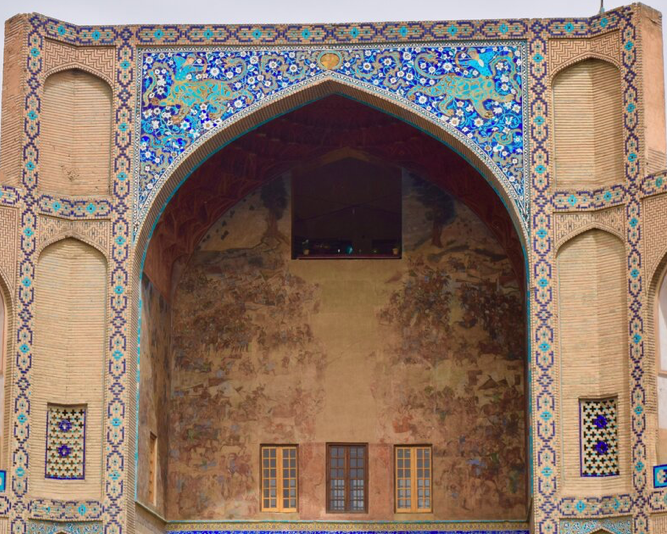
Thread: This is Manjushri, a bodhisattva associated with prajñā (wisdom)...He is the oldest and most significant bodhisattva in Mahāyāna literature, first mentioned in the Prajñāpāramitā sūtras, which were composed somewhere on the Indian subcontinent between 100 BC and AD 600... 

Let's have a look at the symbols associated with Manjushri...
He is siting on a blue lion (symbol of wild mind tamed by wisdom), with his feet resting on a lotus flower (symbol of infinite wisdom)...
He is siting on a blue lion (symbol of wild mind tamed by wisdom), with his feet resting on a lotus flower (symbol of infinite wisdom)...
He is holding another lotus flower (more infinite wisdom) with Prajñāpāramitā (Perfection of Wisdom) sūtra placed on top of it, while wielding a Flaming Vajra Sword (sword of wisdom) in his right hand...
Soooo...All very very Buddhist...And very wise...By pure coincidence though, all these Manjushri attributes are also calendar markers pointing at the same, very very important part of the climatic year in India: Jul/Aug...
Leo, an ancient animal calendar marker which marks Jul/Aug, the beginning of the main mating season of the Eurasian lions... 



Leo is also the time of peak heat (flaming blade of the sword of wisdom) and peak precipitation (vajra, thunderbolt handle of the sword of wisdom), the time of peak of the monsoon season...Hence blue (monsoon, water) lion (maximum sun's heat)... 



Pure coincidence, I am sure, and has nothing to do with the definition of the Bodhisattva (awakening-being) from Prajnaparamita (en.wikipedia.org/wiki/Prajnapar…):
"Bodhisattva, the one who trains in all phenomena without obstruction, and also knows all phenomena as they really are"...
"Bodhisattva, the one who trains in all phenomena without obstruction, and also knows all phenomena as they really are"...
The one who can see all things (I presume including symbols) as they are (literally), unobscured by religion...Funny 🙂...
You might like this thread too about the same set of symbols
https://twitter.com/serbiaireland/status/1371915618480447491
More about animal calendar markers found in ancient cultures, start here oldeuropeanculture.blogspot.com/p/animal-solar… then check the rest of the blog posts I still didn't add to this page, and finally check my twitter threads I still didn't convert to blog post...I am 7 months behind now 🙂🙁
• • •
Missing some Tweet in this thread? You can try to
force a refresh















